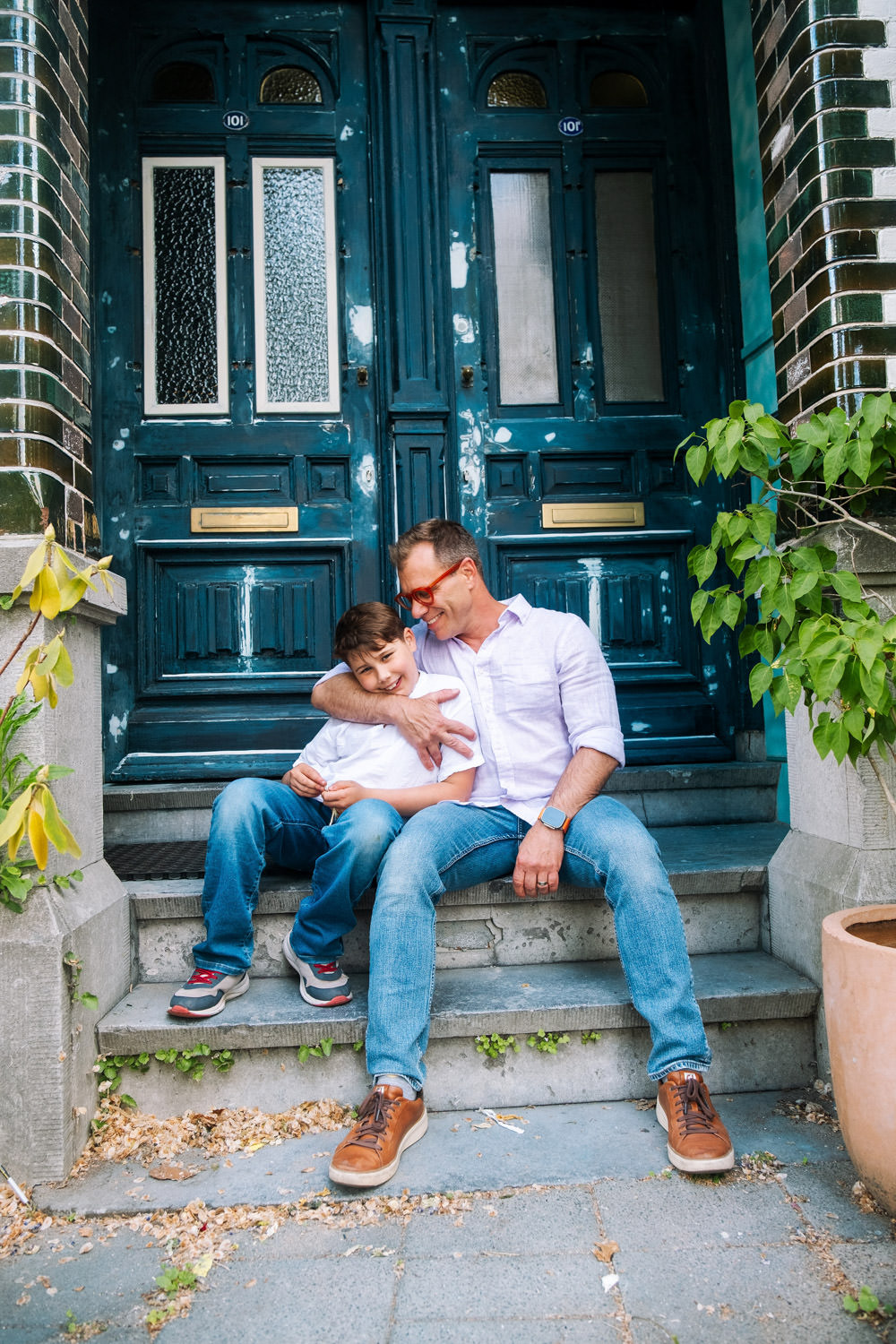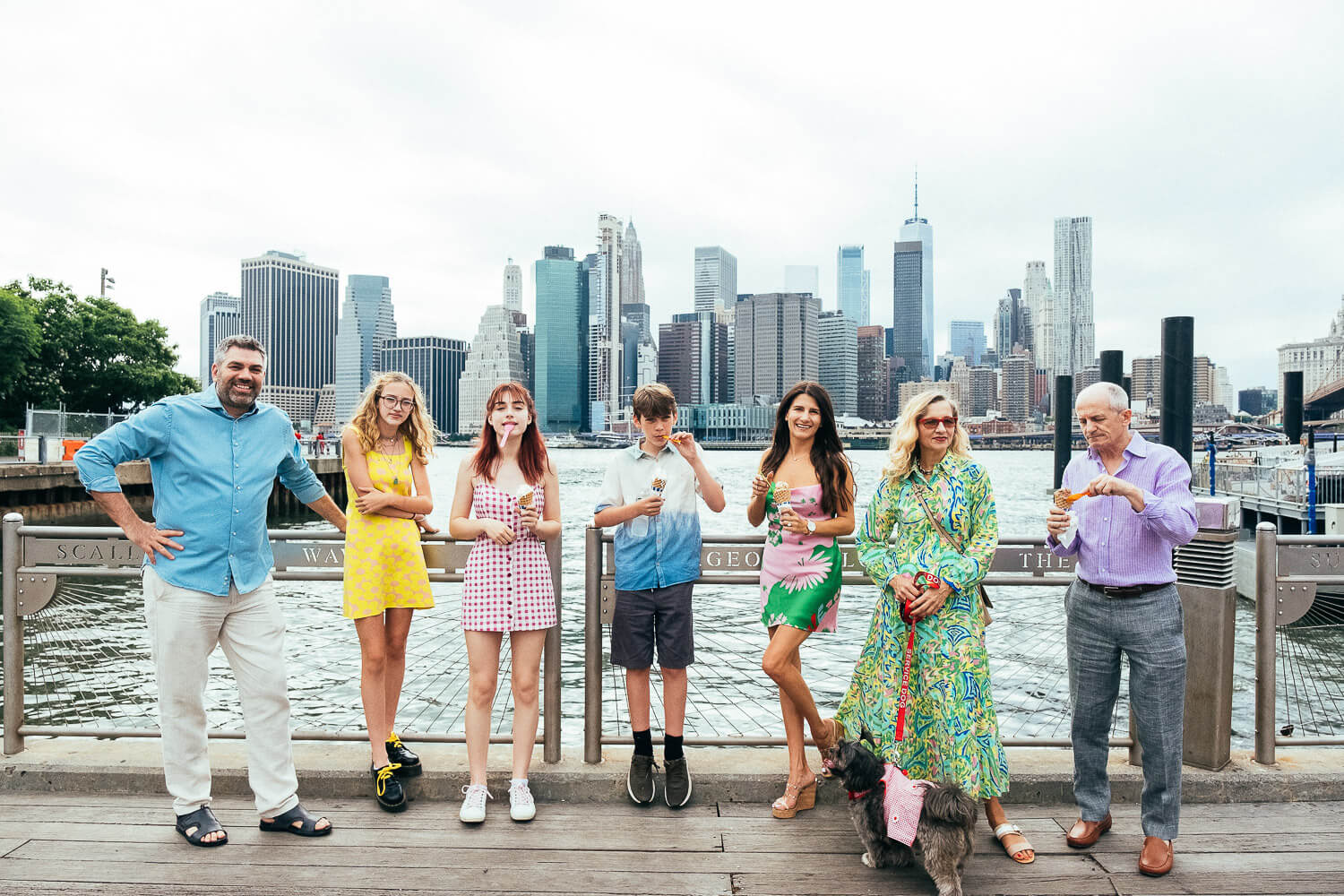“Stories are compasses and architecture. To be without a story is to be lost.” — Rebecca Solnit
We’re swimming in photos but starving for stories. Research shows that when children know their family’s story they feel more secure, confident, and connected. Photos are the perfect spark plugs for telling stories and building a shared sense of identity within your family.
In this post, we’ll discuss the connection between storytelling, identity, and resilience and give you a few activities you can do to use your family photos to help build your family’s story.
From family photos to a shared identity
Family stories don’t just help kids; they define what it means to be part of our family. They turn scattered moments into a shared identity through time—where we came from, what we value, and how we do things here. Research out of Emory University shows that children who know their family history report a stronger sense of control, higher self-esteem, and greater confidence in how their families function—knowledge described as the “best single predictor” of emotional health and happiness.
Visible photos keep that identity in view: they say, these are our people; this is what we celebrate, reinforcing belonging and security in daily life. And it’s not just for kids. Sharing stories and surrounding ourselves with meaningful images gives parents a steady sense of continuity across past, present, and future. A reminder of what we’re building together.

How family pictures can unlock stories
Open an album on the couch and watch what happens: kids point, laugh, and ask, “Who’s that?” or “What happened right before this?”—parents supply details, siblings chime in, and the picture becomes a prompt for a story everyone co-constructs in real time. Research on family reminiscing shows that this back-and-forth, detail-rich talk helps kids build coherent personal narratives and empathy—an engine for identity and confidence.
Pictures also slow the moment and keep “who we are” visible day-to-day; when images live where we can see them, they quietly reinforce belonging and family culture. For example, a snapshot of the third-floor walk-up you no longer live in—cracked stoop, the neighbor with the violin, the corner bodega—invites questions about that season (“What did we love there? Why did we move? What stayed the same after?”), stitching the old neighborhood to the new and giving everyone a felt sense of continuity across change.
Use your family photos for storytelling: three quick 20-minute activities
Here are three simple, 20-minute ways to use your family pictures to spark shared storytelling at home—no overhaul required.
1️⃣ Five-Photo Story Night. Grab any five photos (old or recent). Let kids go first with questions—“Who’s that?” “What happened right before this?”—then parents add names, places, and small details while siblings share their versions. That elaborative, back-and-forth reminiscing is linked to stronger personal narratives, empathy, and confidence.
2️⃣ “Then & Now” Pairs. Choose two pairs: one earlier moment + a current echo (the former apartment vs. today’s home; last autumn’s park vs. this autumn’s park). Talk through “What did we love there? Why did we move? What stayed the same?” You’re making continuity visible—helping everyone, not just kids, feel identity through time.
3️⃣ Kid-Height Gallery + Captions. Print three everyday pictures that feel like you. Hang them at a child’s eye level. Hand out sticky notes for titles (“The Great Hot-Chocolate Spill,” “Grandma’s Pancake Champion”) and swap one image each week. Visible images quietly reinforce belonging and a sense of “these are my people.”
Closing thought
You don’t need more family pictures; you need photos that invite stories. That’s how images become tools for presence today and a shared identity tomorrow.



